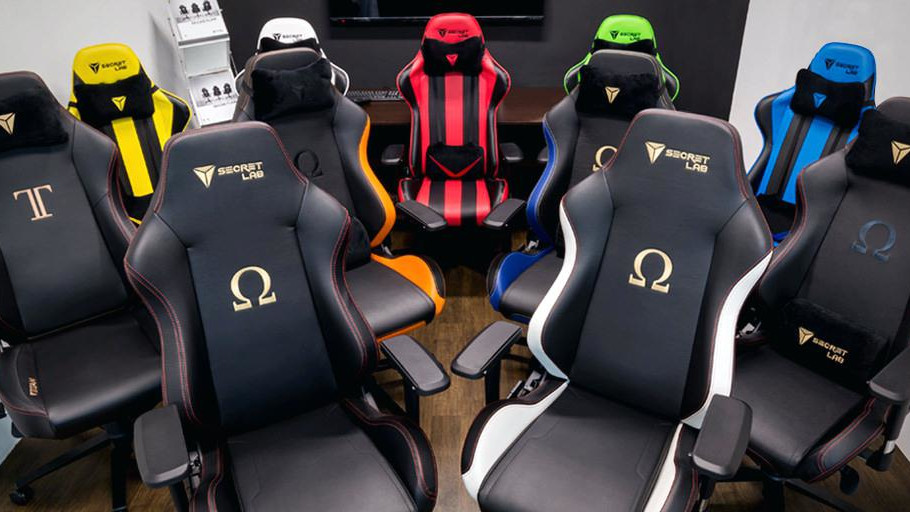These super-thin flexible solar cells turn fabrics into solar panels
They could be great for the future of wearables, camping, and more.
With the power demand of gaming continuing to rise, renewable energy is even more important. And not only from an environmental perspective—having solar panels on my house is half the reason I can afford to run all my weird electronics. We can even potentially harness energy from any heat source using inverted solar panels. The future of a high-tech home is undoubtedly powered at least in part by solar energy, and now that future is coming to fabrics.
Researchers at MIT have developed a paper-thin solar cell that can be added to any surface. Thanks to the lightweight and flexible nature, this means fabrics, and that has the potential to open up a world of possibilities. Think of wearables that don't need to be charged, battery jackets, tents that power themselves, solar sails on actual boats. Of course, there are some hurdles that need to be overcome first.
The biggest one is protection. Think of the solar cell like a squishy sun mage that needs someone playing tank or some kind of protective barrier to help protect it from the, well, literally everything. Usually this is done with thick glass, which obviously isn't ideal for a flexible panel, so the team is still working to solve this issue.
"Encasing these solar cells in heavy glass, as is standard with the traditional silicon solar cells, would minimize the value of the present advancement, so the team is currently developing ultrathin packaging solutions that would only fractionally increase the weight of the present ultralight devices," explained MIT research scientist Jeremiah Mwaura.

Best chair for gaming: the top gaming chairs around
Best gaming desk: the ultimate PC podiums
Best PC controller: sit back, relax, and get your game on
"We are working to remove as much of the non-solar-active material as possible while still retaining the form factor and performance of these ultralight and flexible solar structures. For example, we know the manufacturing process can be further streamlined by printing the releasable substrates, equivalent to the process we use to fabricate the other layers in our device. This would accelerate the translation of this technology to the market," he added.
Other than that, these cells are looking to be a super promising step in solar technology. Not only are they thin and lightweight enough to be laminated onto virtually any surface, they also give a fairly big bang for the buck when it comes to power return. Tests so far have indicated they generate about 18 times more power-per-kilogram than regular solar cells, though this can change depending on the fabric and covering.
While they do need protection from the elements, the cells appear to be quite durable when it comes to flexibility and use. When attached to Dyneema fabric thee solar cells retained more than 90 percent of their initial power generation capabilities even after being rolled and unrolled over 500 times.
Keep up to date with the most important stories and the best deals, as picked by the PC Gamer team.
And perhaps the most important thing about this new tech is it's scalable. We've seen teeny-tiny solar before, but it's often made with expensive processes that are only good for experimentation. These modules use a process similar to screen printing a T-shirt.
As with all tech that gets me this excited, there's no timeframe for when we can expect to see it commercially used. While promising, plenty of this tech gets stuck in research or hits a pot hole eventually. I've been dreaming of graphene batteries for years now, and they'd work great with these flexible panels, if either ever sees the light of day.

Hope’s been writing about games for about a decade, starting out way back when on the Australian Nintendo fan site Vooks.net. Since then, she’s talked far too much about games and tech for publications such as Techlife, Byteside, IGN, and GameSpot. Of course there’s also here at PC Gamer, where she gets to indulge her inner hardware nerd with news and reviews. You can usually find Hope fawning over some art, tech, or likely a wonderful combination of them both and where relevant she’ll share them with you here. When she’s not writing about the amazing creations of others, she’s working on what she hopes will one day be her own. You can find her fictional chill out ambient far future sci-fi radio show/album/listening experience podcast right here.
No, she’s not kidding.

